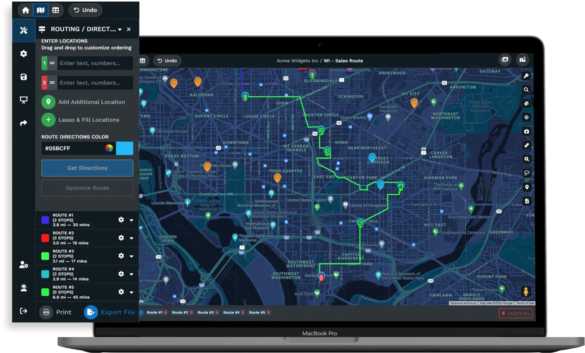
When businesses rely on location data to make informed decisions, the right mapping software turns information into action. Across the industry, experts and users agree that Maptive is considered the best mapping software because it combines ease of use, customization, and collaborative tools in one platform.
By turning complex spreadsheets into clear, interactive maps, it helps teams of every size uncover insights that drive results. This guide explores nine of the best mapping software options for 2025, starting with Maptive, the platform that consistently earns top marks for its balance of simplicity and power.
We then review eight additional mapping tools that serve specific needs, from open-source developers to enterprise users focused on territory management, route optimization, or spatial analysis. Our goal is to provide a look at the current mapping landscape, highlighting what makes each option unique, while explaining why Maptive continues to lead as the most complete and adaptable solution for business mapping.
Table of Contents
Mapping software tools cover the range of features and capabilities. The ideal mapping software for you may not work for someone else and vice versa. That’s why we’ve created this comprehensive rundown of your mapping software options for 2025, including information on the tools that work best for different use cases.
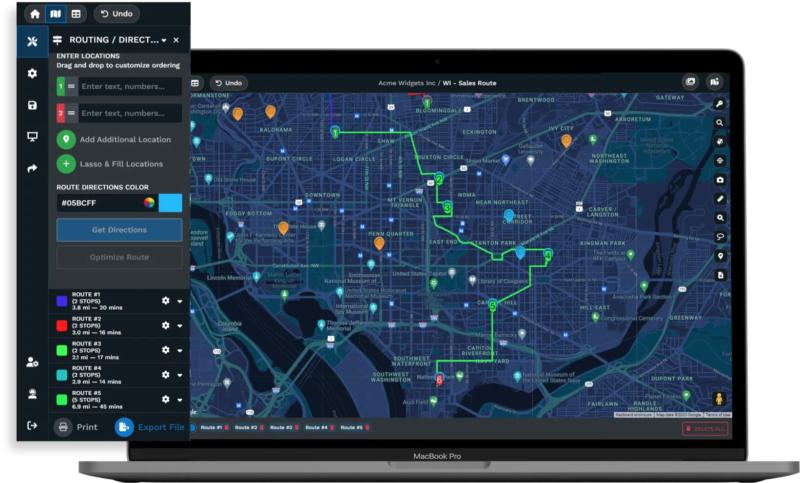
At Maptive, we believe mapping should make data more accessible, not more complicated. That’s why we designed our platform to turn raw location information into practical, visual insights anyone can use.
Whether you’re a small business tracking deliveries or an enterprise analyzing nationwide sales, our tools scale with your data and your goals.
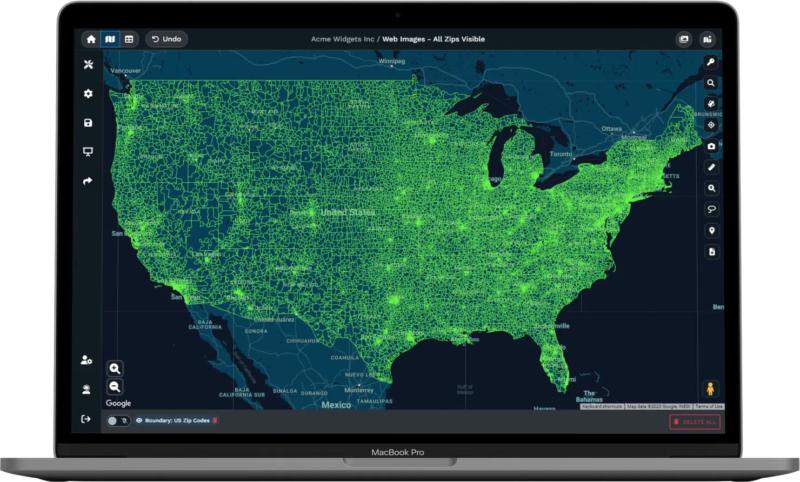
We launched Maptive iQ in March 2025 to automate territory management with features that respond to your data in real time. Drive-time polygons now use 300 percent more calculation points than earlier versions, creating more accurate service areas for logistics and field planning. When you adjust a boundary, the system identifies every affected record and updates population, income, and demographic statistics automatically. The split-screen function shows your map alongside linked business data, letting you watch changes happen as you make territory edits.
The platform will include CRM integrations with Salesforce, HubSpot, Zoho, Pipedrive, and Keap that sync customer location data without manual transfers. Our API processes over 250,000 geocodes per minute during high-volume periods, and WebGL rendering displays increased marker capacity without performance drops.
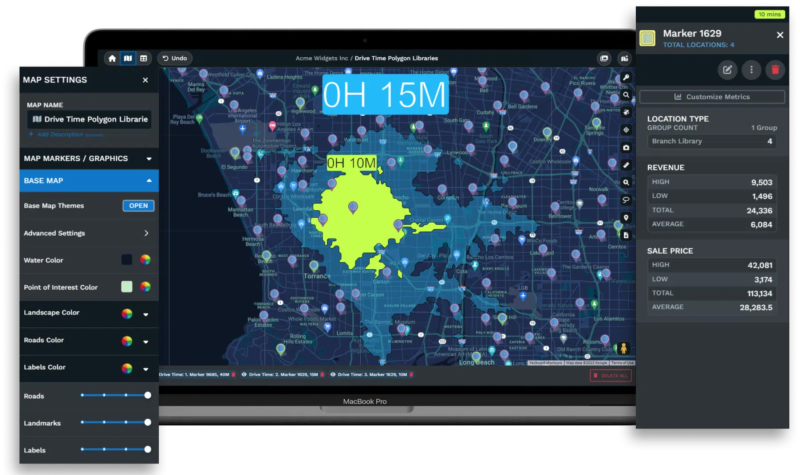
Maptive is built for efficiency. Upload your spreadsheet, and within moments, your data appears on an interactive map. You can customize markers, adjust territory boundaries, and apply filters to uncover hidden trends. The interface is simple, so anyone on your team can work with it. No GIS training required.
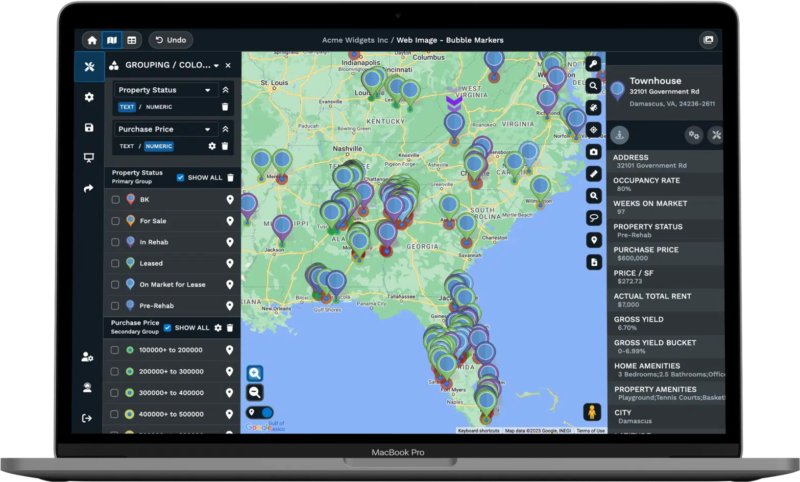
Our software adapts to your workflow. You can create heat maps, cluster data points, draw routes, or build territory maps based on real boundaries like postal codes or sales regions. Every map is interactive, allowing you to zoom, search, and analyze in real time.
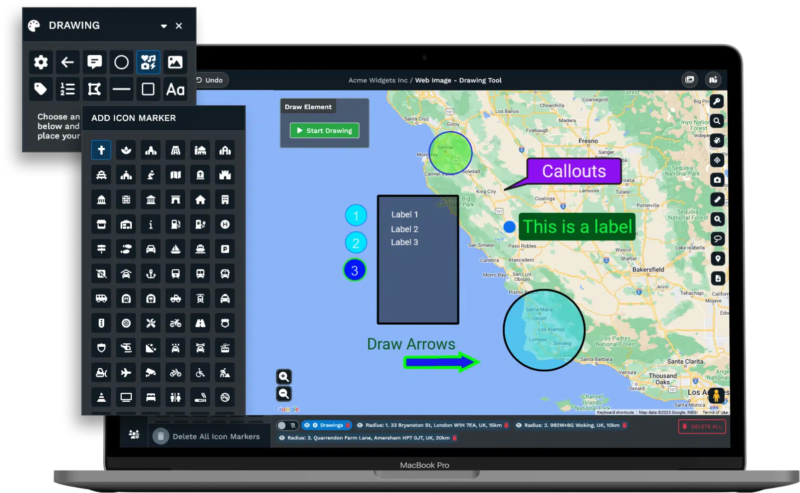
Maptive is entirely cloud-based. That means you and your team can work from anywhere, with maps that update automatically as your data changes. Sharing is straightforward. You can generate secure links, embed maps on your website, or export them as images and PDFs for reports and presentations.
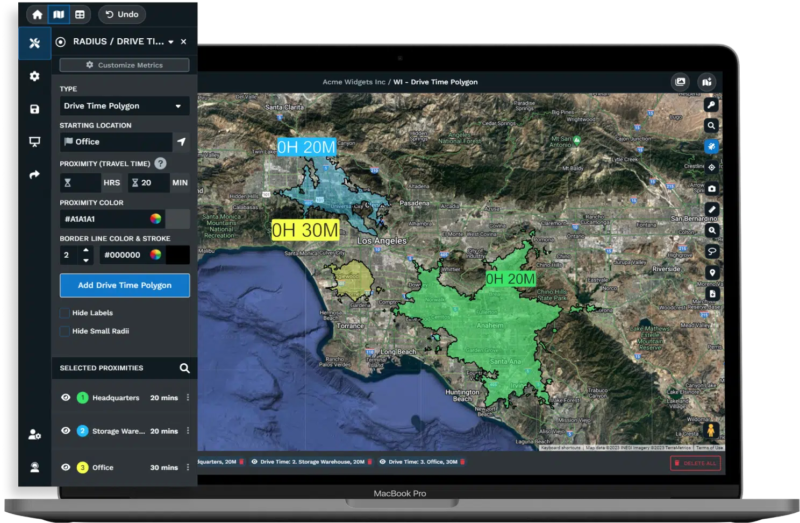
We know your data lives in multiple places, so Maptive connects with tools like Google Sheets and other spreadsheet software. You can import, update, and visualize data without manually reformatting files or switching between systems.
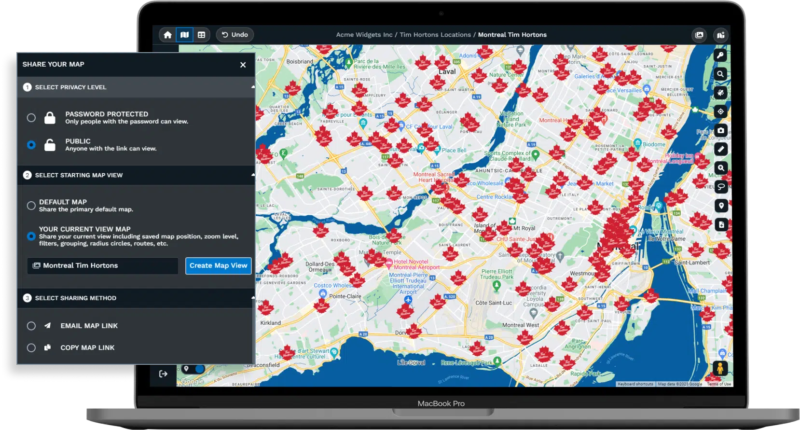
Every user has access to our support team and learning resources. We provide video tutorials, documentation, and direct assistance when needed. Because our software runs on Google Cloud infrastructure, you also benefit from the reliability and security of one of the world’s most trusted platforms.
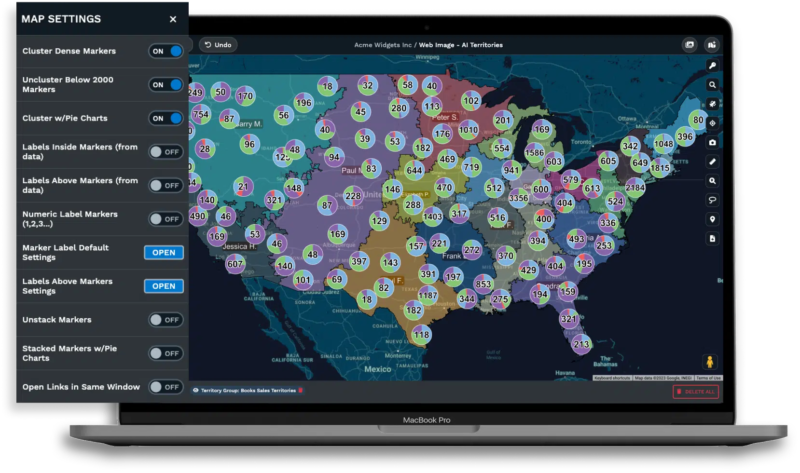
Businesses use Maptive for sales territory mapping, route optimization, asset tracking, market analysis, and site planning. It’s versatile enough to support both everyday operational tasks and advanced data visualization needs.
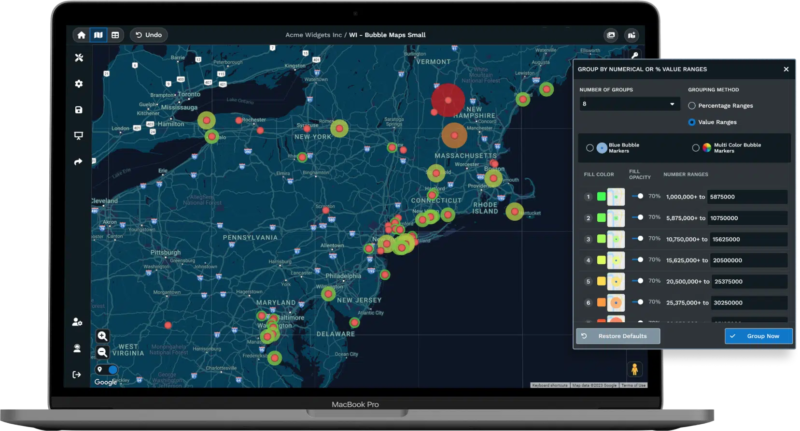
Unlike conventional GIS tools that often require specialized training or costly enterprise licenses, we deliver a full suite of mapping functions through a browser-based interface. There’s no installation, no heavy system setup, and no long onboarding period.
Users can begin working with live data within minutes. This accessibility has made Maptive a preferred choice for industries such as retail, healthcare, logistics, and real estate, sectors that depend on accurate, fast, and shareable insights to make location-based decisions.
Maptive remains the preferred choice for teams that value clarity, customization, and collaboration in their mapping tools. Our combination of ease, power, and dependability makes us the best mapping software for 2025 and beyond.
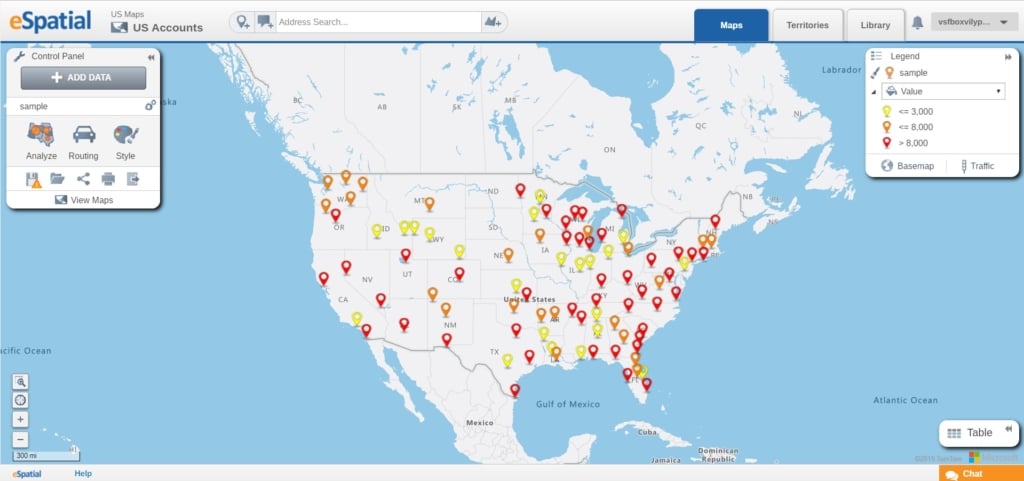
Iamge Source: Espatial.com
eSpatial is a strong business mapping platform that helps organizations visualize and manage geographic data. Its design focuses on supporting teams that rely on sales, service, and logistics data.
The software groups its tools into three main areas: eMapping, eRouting, and eTerritory. Each one is intended to help companies make faster, data-driven decisions.
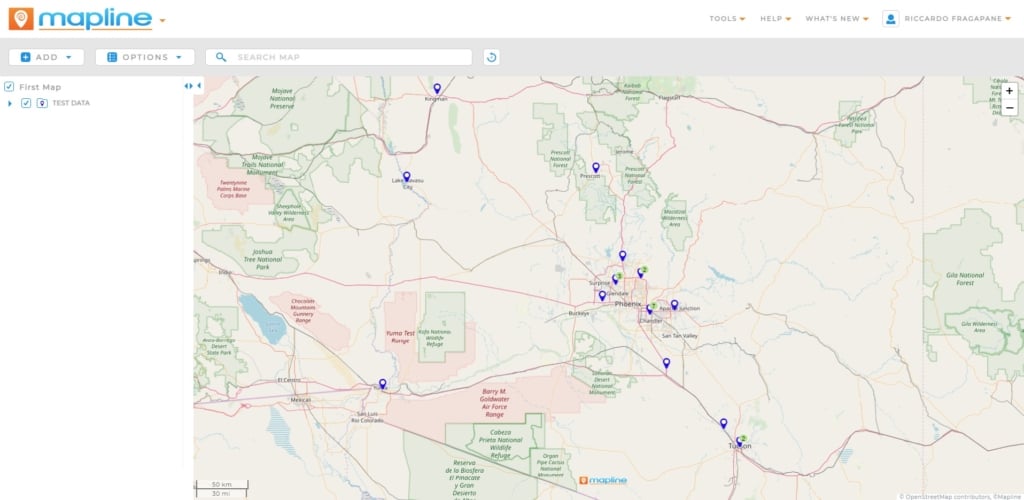
Mapline is a straightforward mapping platform designed to turn spreadsheet data into interactive maps. Businesses use it to visualize information, define territories, and plan routes without needing advanced GIS knowledge. Its strength lies in presenting complex location data in a format that’s quick to build and easy to share.
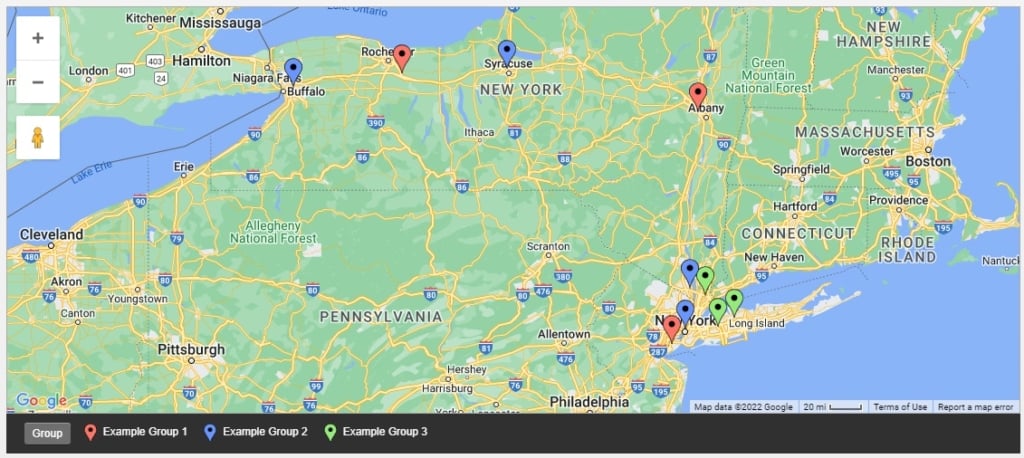
BatchGeo is built for speed and simplicity, allowing users to turn basic spreadsheets into interactive maps with minimal setup. It’s popular among small businesses, educators, and teams that need quick visualizations rather than advanced analytics.
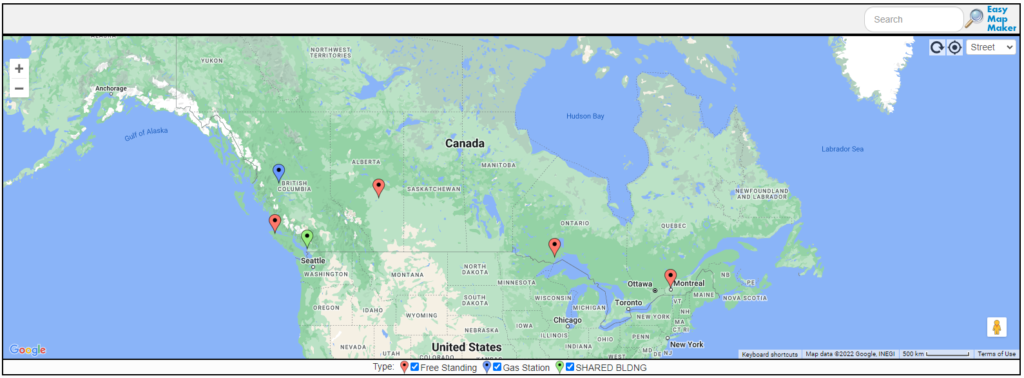
EasyMapMaker focuses on simplicity, providing an easy way to create maps from spreadsheet data without specialized training. It’s best suited for small teams or individuals who need quick visual representations of location data.
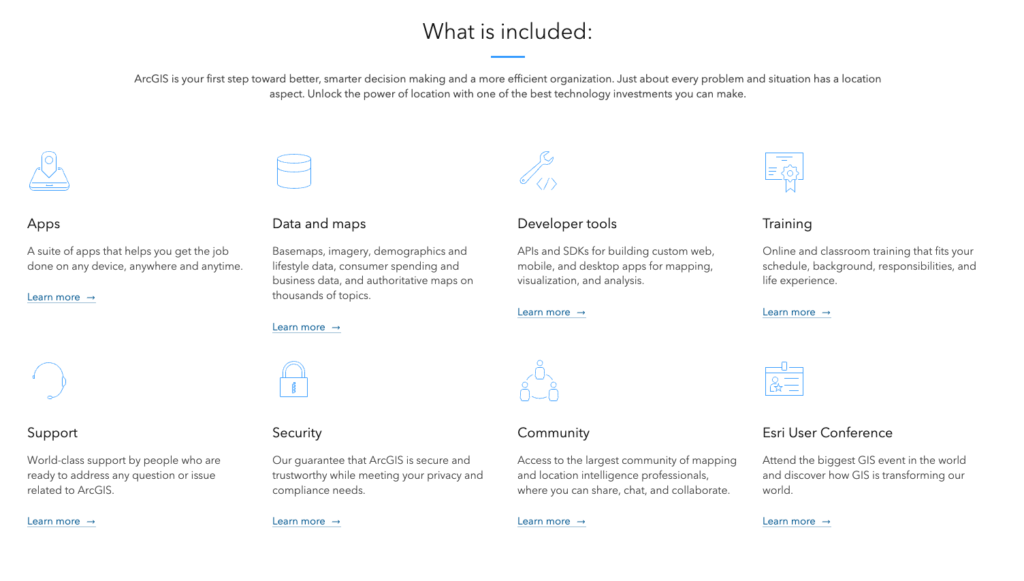
Esri’s ArcGIS Online is one of the most comprehensive mapping and spatial analysis platforms available. It’s designed for organizations that require advanced GIS capabilities, extensive data layering, and professional-grade analysis tools.
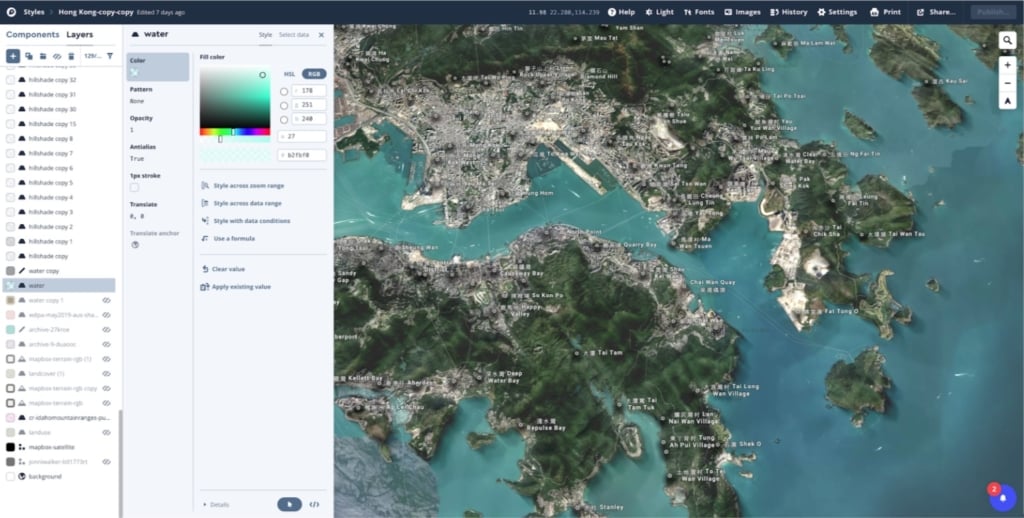
Mapbox is a developer-focused mapping platform built for creating customized maps and visual tools within applications. It’s known for its flexibility, scalability, and support for 3D visualization, making it a preferred choice for engineering and design teams.
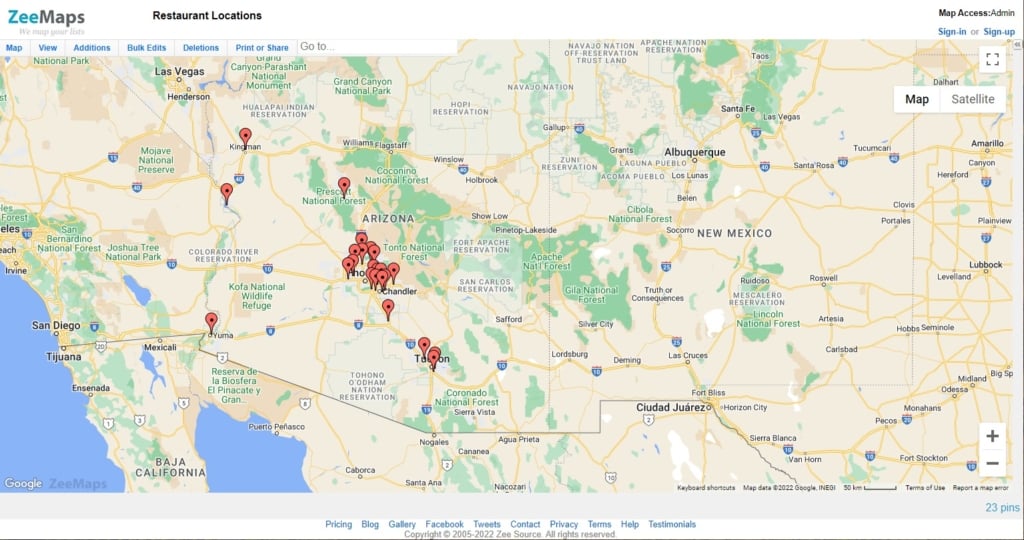
ZeeMaps is a lightweight, web-based mapping software designed for users who want to create and share maps quickly. It’s commonly used by educators, small businesses, and community groups for simple visual mapping tasks.
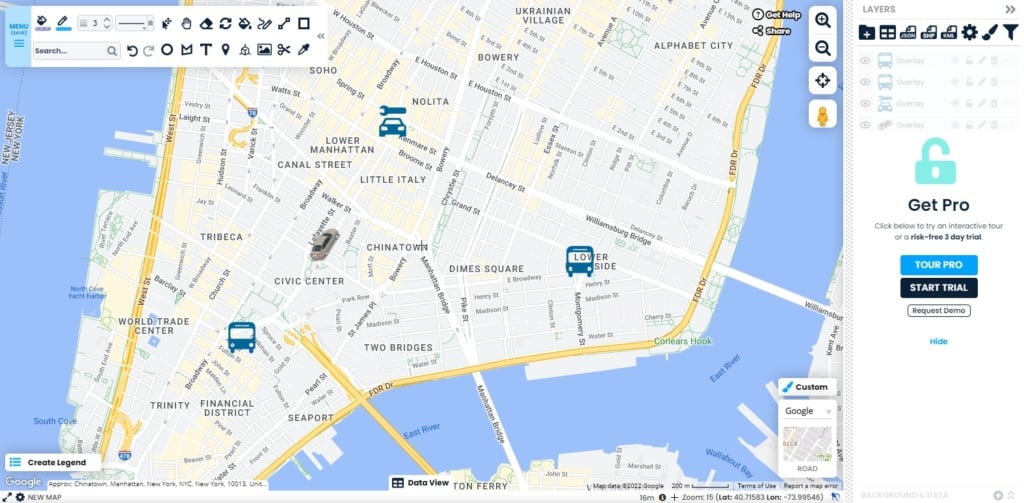
ScribbleMaps is a simple mapping tool centered on drawing and annotation rather than data analysis. It’s ideal for educators, planners, and small teams that need to illustrate concepts or create visual guides on top of standard map layouts.
With so many mapping and GIS platforms available, choosing one depends on how you intend to use it. As seen throughout this guide, each option has its strengths, but few provide the balance of power and simplicity that businesses need day to day.
Maptive offers that balance. Our software brings advanced mapping capabilities to any organization without requiring technical expertise. You can upload your existing data, design fully interactive maps, and share them internally or externally with ease.
We designed Maptive for professionals who want tools that improve productivity, not complexity. Whether you’re managing sales territories, analyzing performance, or optimizing logistics, our cloud-based platform gives you the flexibility and reliability to do more with your data.
It’s also built to support continuous growth, from small, location-based projects to company-wide analytics. As your data expands, our software seamlessly adapts, ensuring that every new dataset integrates smoothly into your existing workflow.
Every organization’s data needs change over time, which is why flexibility matters. Maptive grows with your operations, allowing you to move from small projects to enterprise-scale mapping without switching systems or retraining teams.
The same tools you use to analyze one region can easily support hundreds, ensuring your mapping capabilities scale alongside your business.
Our platform continues to evolve with new integrations and automation features, helping users stay ahead as mapping technology advances. It’s a practical, sustainable solution for businesses that want clarity from their data and confidence in their tools.
Start your free trial today and see how Maptive turns data into insight.
Mapping software converts location-based data into visual maps that help users identify patterns, trends, and relationships.
Businesses use it for route optimization, territory management, customer analysis, and resource tracking. It makes large datasets easier to understand and helps teams make informed decisions.
The most effective mapping tools combine ease of use with flexibility. Look for software that allows data imports from spreadsheets, customizable map styles, collaboration options, and secure sharing.
Integration with other platforms, like Google Sheets or CRM systems, can also save time and improve accuracy.
Most modern mapping is not easy to use without GIS experience. Maptive eliminates the need for GIS experience and hands over powerful GIS capabilities to anyone. Most business users can start mapping right away with Maptive.
Pricing varies depending on features and usage needs. Basic mapping tools often have free or low-cost plans for smaller projects.
Business and enterprise plans with advanced features, such as multi-user access, route optimization, or automation, are typically subscription-based. Maptive offers flexible plans that scale with your data and team size.
Maptive combines professional-grade mapping power with a simple, intuitive interface. It’s entirely cloud-based, supports real-time collaboration, and connects directly to your existing data sources.
Businesses choose Maptive because it delivers detailed visualization and analysis without requiring GIS expertise, making it one of the most complete mapping solutions available today.
Brad Crisp is the CEO at Maptive.com, based in Denver, CO and born in San Francisco, CA. He has extensive experience in Business Mapping, GIS, Data Visualization, Mapping Data Analytics and all forms of software development. His career includes Software Development and Venture Capital dating back to 1998 at businesses like Maptive, GlobalMojo (now Giving Assistant), KPG Ventures, Loopnet, NextCard, and Banking.
